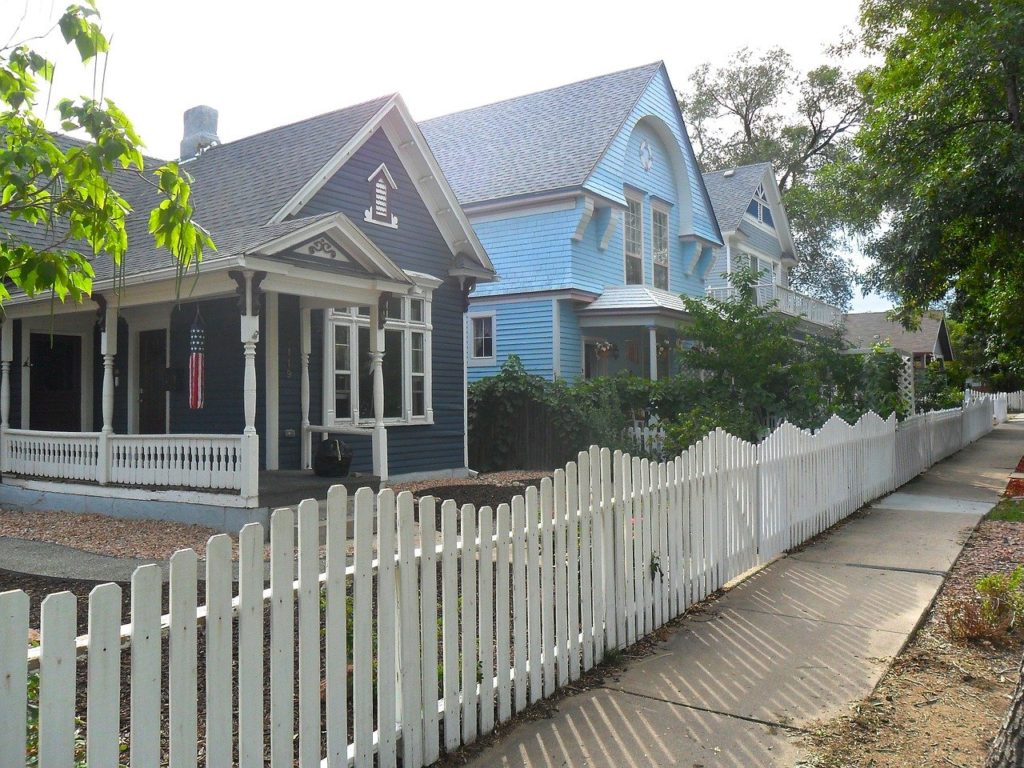How To Know If You’re Moving Into A Truly Up And Coming Neighborhood

Moving in California can be a crap shoot. With “good” neighborhoods averaging $1M plus for a pretty basic home, middle class people are being forced to less desirable neighborhoods. That’s not always a bad thing. Not only are up and coming neighborhoods cheaper, if you move into a transitional, or up and coming neighborhood, your home’s value could increase a lot faster than in a fancier neighborhood.
Not all less desirable neighborhoods are up and coming, though. Here is how to tell if a neighborhood is about to go through a major transition:
Construction
Do you see homes being renovated, or torn down and built back up? Do you see new businesses propping up, especially coffee shops, bars, gyms, and restaurants? If so, that neighborhood is likely a good investment.
Updated Finishes in Homes
If the homes you’re looking at in any given neighborhood look like something you might see as an HGTV “after,” the neighborhood is probably up and coming. Professional flippers are expert at scouting out up and coming neighborhoods, and most homeowners don’t put money into cosmetic renovations unless their house is rising in value.
Trendsetters and Young People
Do you see a lot of young people, especially young people with young families? Do you see artists? If the neighborhood has a lot of young people or trendsetters, it’s on its way up.
Playgrounds
If the city is investing in, and maintaining, playgrounds, it means they’re encouraging families.
Location
If the city is within commuting distance of a bigger city, the market can’t go anywhere but up, especially if there’s public transportation. As property values rise in major cities such as San Francisco and Los Angeles, even people who have money are forced into nearby cities.